Rajasthan, North India, a perfect 9-day itinerary
Agra – Jaipur – Shahpura – Udaipur – Jodhpur:
After two visits to South India more than one resp. two decades ago, my husband and I wanted to complete our picture of India by traveling the north of India as well. We had heard that this part is totally different from the south and this proved true! We decided to explore Rajasthan, the land of the maharajas. What we met here is undeniably India, but at the same time there is a huge shift between the north and the south. One thing is for sure, India is an incredible place which leaves you amazed and astounded, by the destinations but also by the people.
General
When it comes to differences between north and south, following can be said. The cultural gap is so obvious that you almost feel they belong to two different nations. The inhabitants see themselves as polar opposites. Whereas the North thinks of South as conservative and overly concerned with religion, the South considers the North as place where people show off their material wealth and lack refinement and culture. In fact, North India offers a diverse look into Mughal (Muslim rulers) and Hindu history. In Rajasthan, India’s largest state, you find ornate castles, lavish palaces and splendid forts.
In contrast, the long sea-coast of South India brought along a coastal lifestyle, unknown in the Northern Hemisphere. India’s greenest state, Kerala, has lots of lush tropical beaches and terrific backwaters,
other states, such as Tamil Nadu, have plenty of wonderful temples. Here religion and pirituality are omnipresent.
Other things are different too such as racial origins, dressing style, language, music/dance and food. As to the latter, it is spicier in the south where more tamarind and coconut are used whereas in the north the curries are said to be tastier and creamier and you also get lots of food from the tandoor oven.
Consequently, it can be said that only by combining both North and South India you get a distinct awareness of how vastly different they are. Despite this fact, there are more than enough similarities too. In both parts, we encountered color-charged towns full of vividness, constant movement and joie de vivre as you can rarely see it somewhere else. Here is a video that captured this special way of life just great:
A Day in India from The Perennial Plate on Vimeo.
Itinerary
Rajasthan is widely regarded as the must-see state of India. There is hardly a region more fascinating and multi-faceted than this one. In Rajasthan, it is the magnificent palaces and the massive forts that grab your attention, built by the great kings who vied with each other to build bigger and better. And then there is the celebration of colors … As soon as you enter India’s largest state, you are hit with them, the effect of emerald green, fire-engine red and canary yellow saris and turbans is dazzling!
If you have not that much time for traveling the area, confine yourself to the famous Golden Triangle. It starts in the metropolis of Delhi with its Mughal heritage, then angles to Agra with the unquestioned highlight of the trip, the Taj Mahal, and the triangle is completed at Jaipur, the “pink city” and gateway to Rajasthan.
Fortunately, my husband and I had more time to travel this fabulous region than just a few days. We flew into Delhi and out of Mumbai, so that we were able to explore these two mega-metropolises too. A separate blogpost about my experiences here will follow.
As far as the itinerary for Rajasthan is concerned, it is based on a tour called “India for connoisseurs” of the Swiss travel agency Travel Worldwide in Zurich – where we also booked our last year’s trip to Ecuador –, and handled through the Indian tour operator Cox & Kings. We were traveling in our own chauffeured car, which is the most flexible and comfortable way to move around in India. We had the most proficient driver we could imagine – and a really nice guy –, Manjeet Sing, a free-lancer from Punjab, and changing local guides onsite. We had to shorten the original trip a bit – unfortunately a side trip to Varanasi, a major religious hub on the banks of the Ganges, had to be dropped. At the end, the tour started in Delhi, then went via Agra, Jaipur, Shahpura (countryside), Udaipur (“city of lakes”) to Jodhpur (the “blue city”).
The journey had been planned to move at a sensible pace to avoid palace-and-fort fatigue (two nights in every place with the exception of non-touristy Shahpura) while staying in luxury hotels (apart from Shahpura). You will find a report on how to stay in style in the “land of the kings” later on my blog, here a map of our trip including places, sights, hotels and restaurants with more pictures:
Day 1: Delhi – Sikandra – Agra
The tour started with a four-hour drive to Agra, home of the world-famous Taj Mahal mausoleum. Shortly before arriving our destination, we made a stopover in Sikandra, where the tomb of the Akbar, a Mughal emperor, is located. This was a good introduction to Mughal architecture – I was fond of the absolutely symmetrical construction – and in addition a peaceful place with extensive gardens and a herd of deer.
Day 2: Agra
The absolute highlight of the trip was already scheduled on the second day, the legendary Taj Mahal. It is the final resting place of Mumtaz Mahal, the favorite wife of Shah Jahan, a Mughal emperor. This one-of-a-kind building made out of translucent marble is widely regarded as best example of Mughal architecture. It is of an almost surreal beauty, the best thing you can do is find a place to sit down – of course after having taken too many shots of it – and marvel at its sheer perfection.
It is recommended to visit the Taj Mahal as early in the morning as possible, preferably be here at 05.30 am to have the chance to enter amongst the first ones at 06.00 am. My husband and I did not want to get up that early and arrived only at 08.30 am, when it was already quite crowded but not too much so. At least we were lucky enough to gaze at the Taj Mahal from our hotel whenever we felt like it because our lodging offered this feature (read more about it later on my blog, when I report on the accommodations we had).
Agra has one more architectural treat for later in the day, the Agra Fort, a set of palaces, audience halls and pleasure gardens from where the Mughals reigned their empire.
Day 3: Agra – Fatehpur Sikri – Abhaneri – Jaipur
We set out for a five-hour drive to the gateway to Rajasthan, Jaipur, but made a stop after about an hour in Fatehpur Sikri at the model palace of the great Mughal emperor, Akbar. Whereas the Taj Mahal was built in honor of a dead woman, this was thought to be a place for the living, although it was soon abandoned due to various reasons. Nonetheless, this stunning fortified ancient city is still in a good shape and absolutely worth seeing.
Another sight on route near Jaipur is Chand Baori in Abhaneri, one of the largest stepwells in India and a beauty too.
Jaipur, the “pink city” – called like that because the buildings are kept in this color – is the capital of Rajasthan. At its heart is the opulent City Palace,
still home to the former royal rulers. There is also a garden of giant astronomical instruments, the Jantar Mantar, which includes the world’s largest stone sundial.
Quite a sight is also the Palace of the Winds, the Hawa Mahal, with many windows to allow the breeze to flow through and keep the building cool.
The top attraction in Jaipur is out of town in the city’s surrounding hills, the Amber Fort. This palace complex with a fascinating blend of Hindu and Muslim architecture is a real scenic marvel.
Day 5: Shahpura
The next tourist hub on our itinerary was Udaipur, about a seven-hour drive from Jaipur. To break up the long journey and the sometimes busy touring schedule, a retreat to the countryside was thrown in and very much welcomed by us. Shahpura is the ideal place for getting a taste of rural India. It was such a good thing to stroll along the lively streets and get an insight in the everyday life of the locals in a real working town.
Day 6: Shahpura – Udaipur
 Towards evening we were heading out to see two temples, a non-active one in Nagda, where the remains of a temple complex, dedicated to Lord Vishnu, can be admired and an active one in Eklingji, where Lord Shiva is worshiped. It was a good experience to visit Hindu temples again after so many viewed in South India. The atmosphere in there is always so serene.
Towards evening we were heading out to see two temples, a non-active one in Nagda, where the remains of a temple complex, dedicated to Lord Vishnu, can be admired and an active one in Eklingji, where Lord Shiva is worshiped. It was a good experience to visit Hindu temples again after so many viewed in South India. The atmosphere in there is always so serene.
Day 7: Udaipur
The prettiest of all Rajasthan’s cities is undeniably Udaipur, the “city of lakes” because of its numerous waters.
It is also the state’s most relaxing city, something that the other ones cannot claim for themselves. In addition, the old town is small enough to be explored by foot, just ask your guide to cross the central area after visiting the City Palace. Speaking of which, the old city is dominated by this splendid cupola-crowned complex consisting of eleven single palaces, which makes it the second largest one in India.
Also a visit to Saheliyon Ki Bari, the Garden of the Maidens, with a lotus pool, fountains and marble elephants, is worthwhile doing.
Day 8: Udaipur – Ranakpur – Jodhpur
On our way to Jodhpur we drove via the marble Jain temple at Ranakpur, which is a true beauty, both from outside and from within. With its many halls filled with natural light and its numerous carved pillars it is an architectural marvel.
After five hours on the road we reached Jodhpur, Rajasthan’s second largest city, at the edge of the Thar desert. Our destination was the Umaid Bhawan Palace, one of the world’s largest private residences. One part of it was converted in a hotel – later on I will report on my experiences here –, another one houses a museum about the royal family’s history and the third one is still a residence of the royals.
Day 9: Jodhpur
Jodhpur is the “blue city” of India because of the many blue painted houses in the walled city. You get a more real life feeling here than in touristy Udaipur, in tiny alleys you encounter a vibrant everyday life, where donkeys and rickshaws try to get through. Just get lost here in the blue walls.
The main attraction here is the mighty Mehrangarh Fort,
one of the largest one in India, that towers over the sea-blue city, which is quite a sight. Take the elevator to the top of the building, visit the museum and then walk down. Have also a look at the neighboring Jaswant Thad, the mausoleum of the royal family.
Our last tour of our Rajasthan trip went to the Bishnois people in Jodhpur’s outskirts, also called tree-huggers, whose religion is based on care towards nature. It was interesting to see how they live although I could not help feeling like a voyeur in some respects.
Conclusion
Last but not least India’s largest states is full of fantastic hotels, from which many are palaces turned in heritage hotels. My next blogspot will cover this subject. Come back and learn about how to travel Rajasthan in style.
Earlier on I raised the question whether the sights to follow the Taj Mahal tomb in Agra were able to catch up with this formidable attraction and I came to following conclusion. While this stunning monument left me awestruck because of its peerless beauty and perfection, I benefited from the overall picture of the trip, i.e. from the total of experiences. I had seen, heard, smelled, tasted and touched more than I ever thought possible.
The post Rajasthan/North India, a perfect 9-day itinerary appeared first on Swiss Traveler

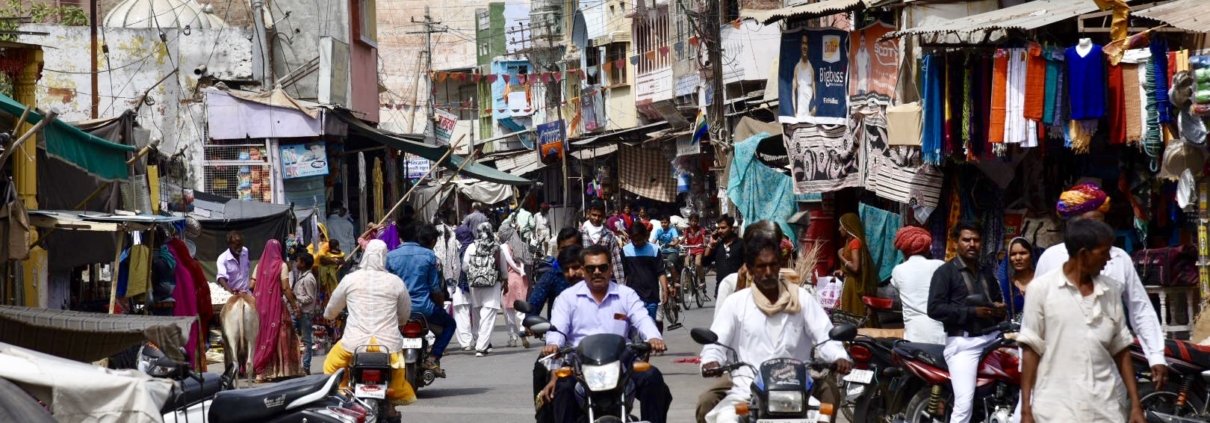
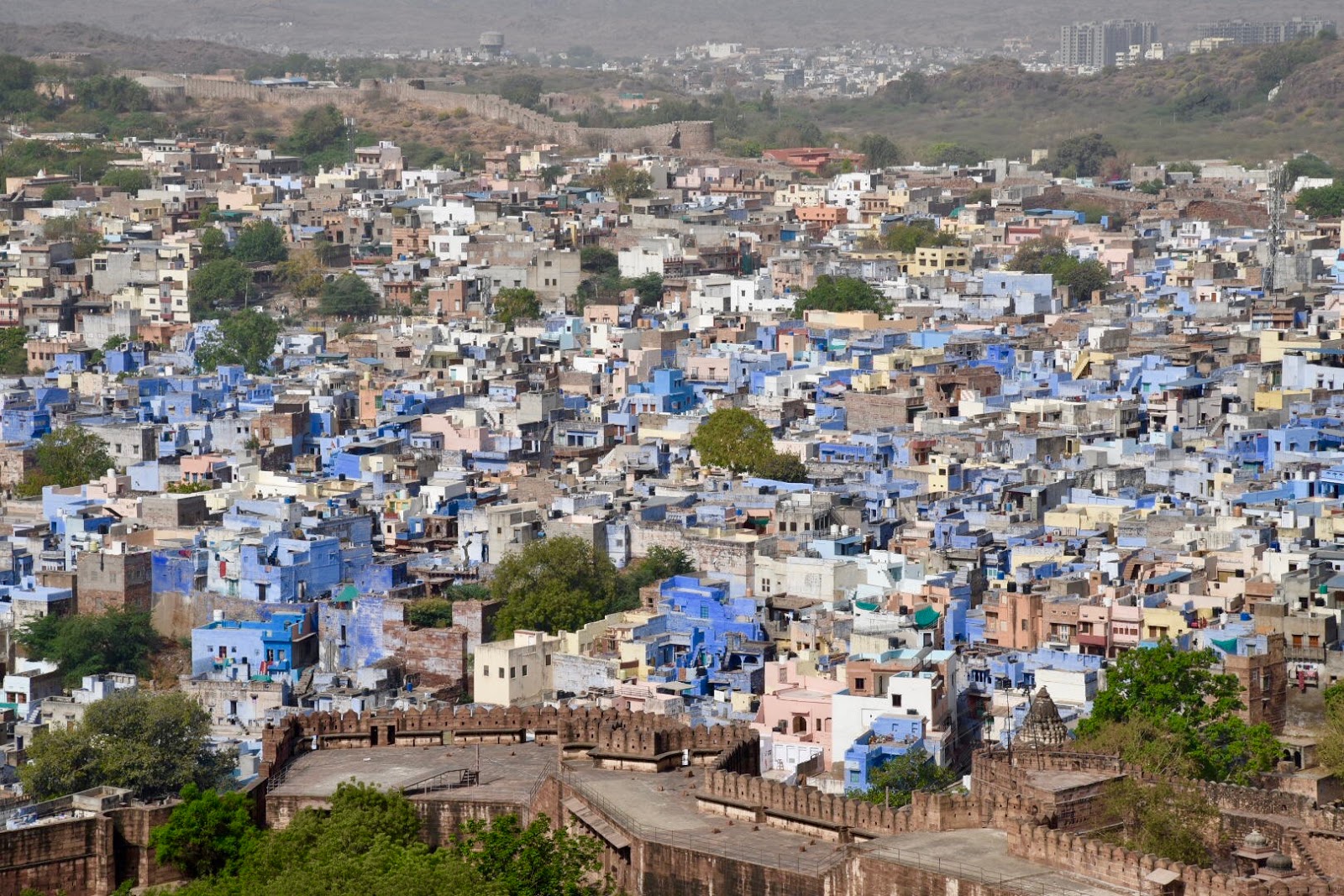
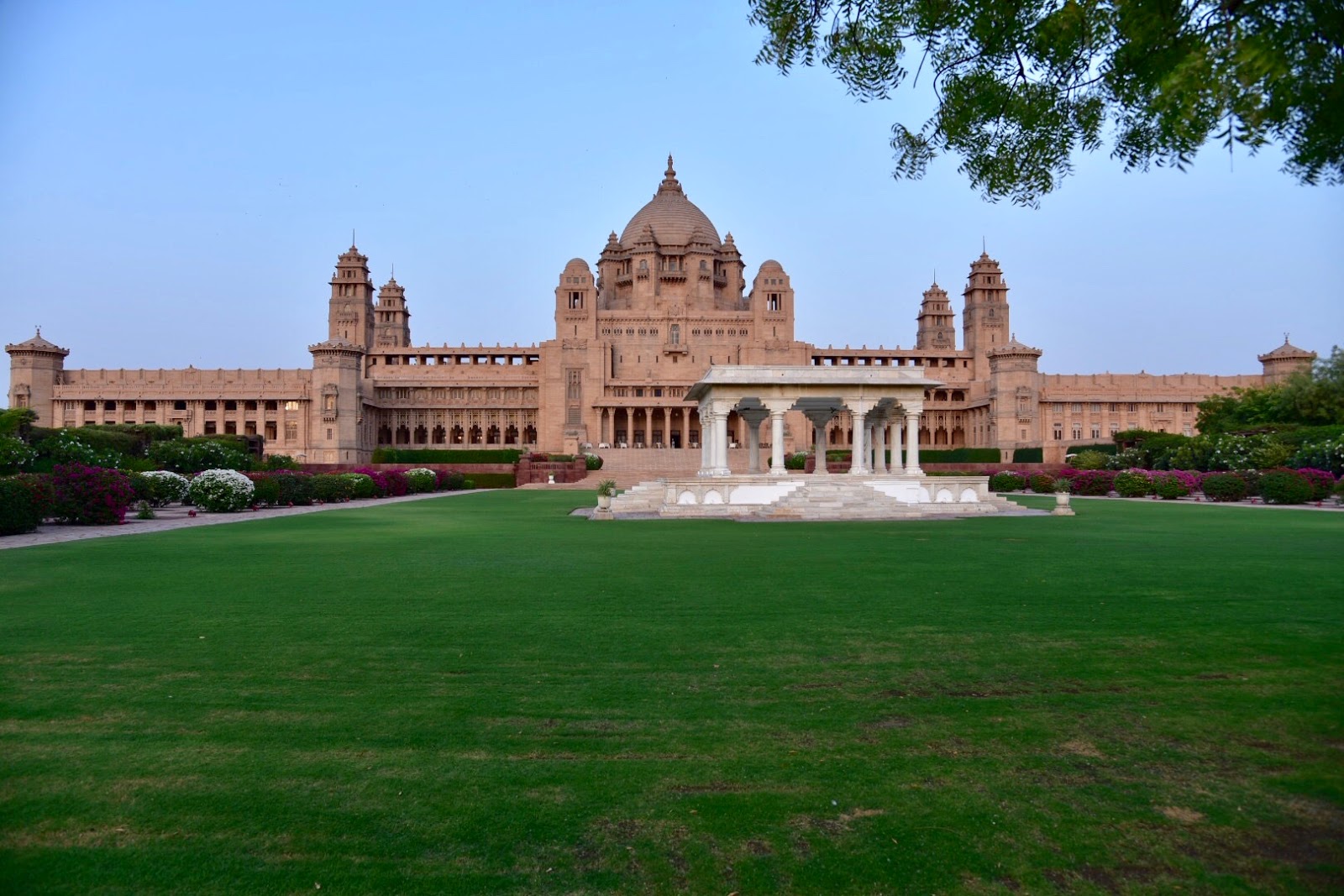

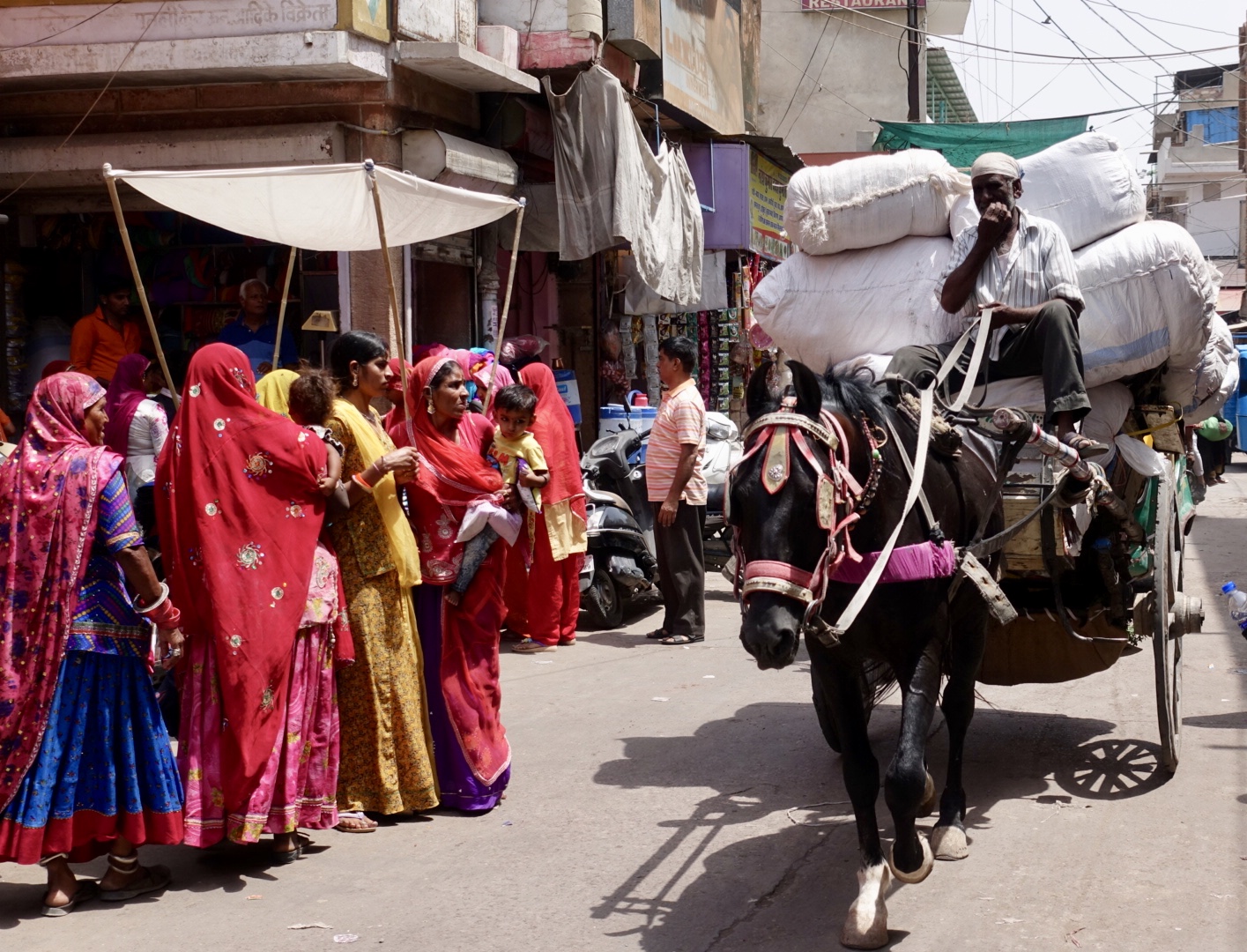
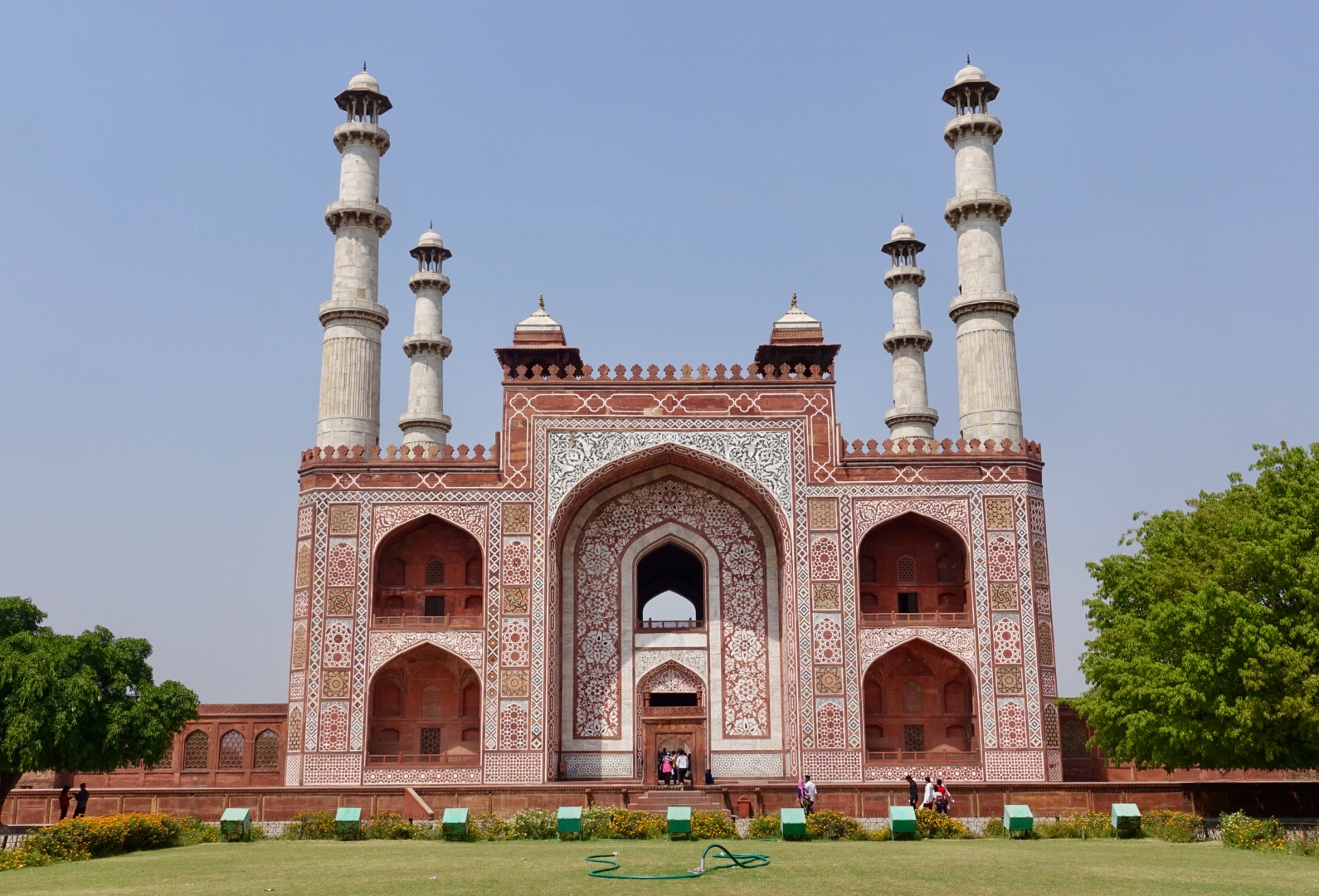
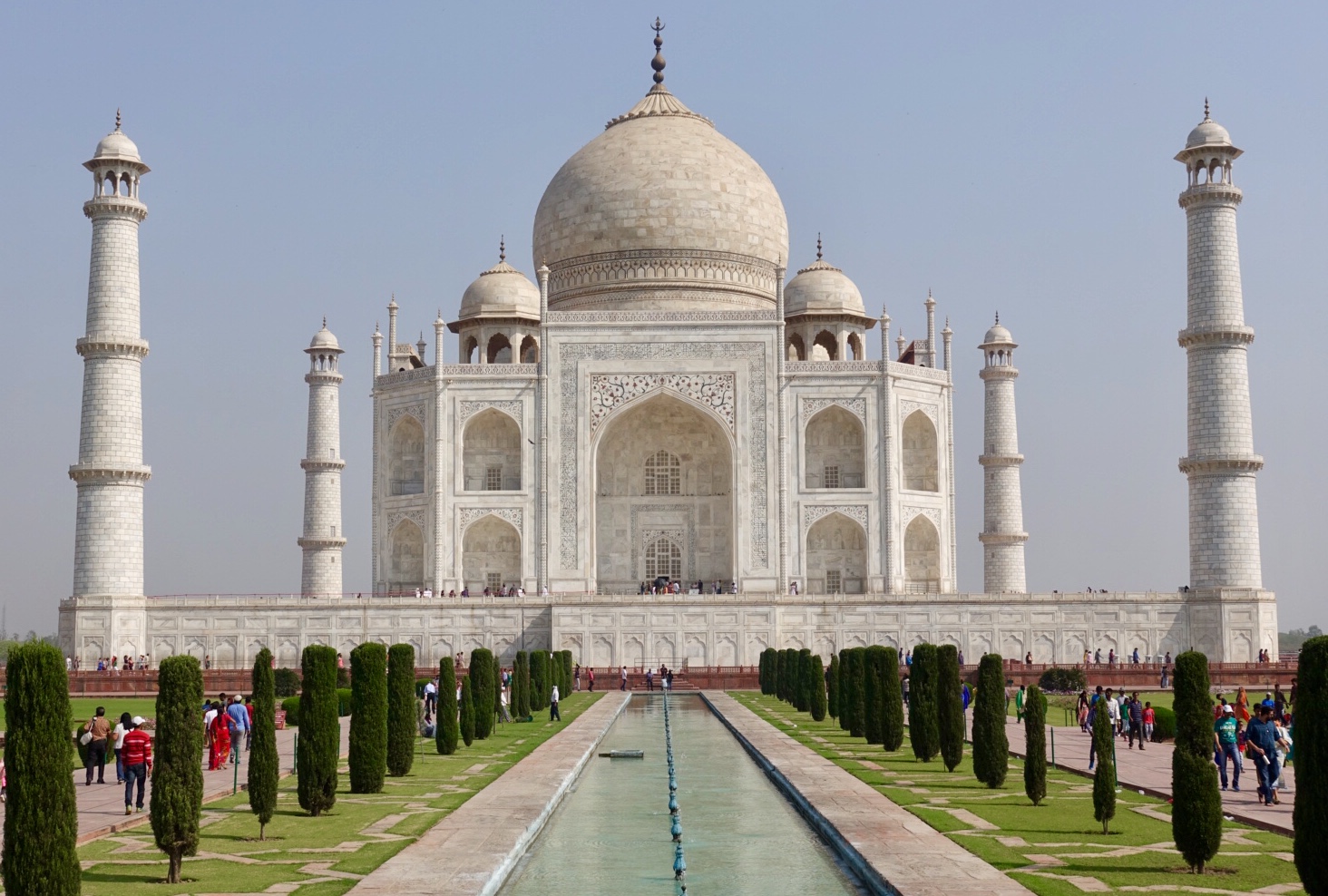
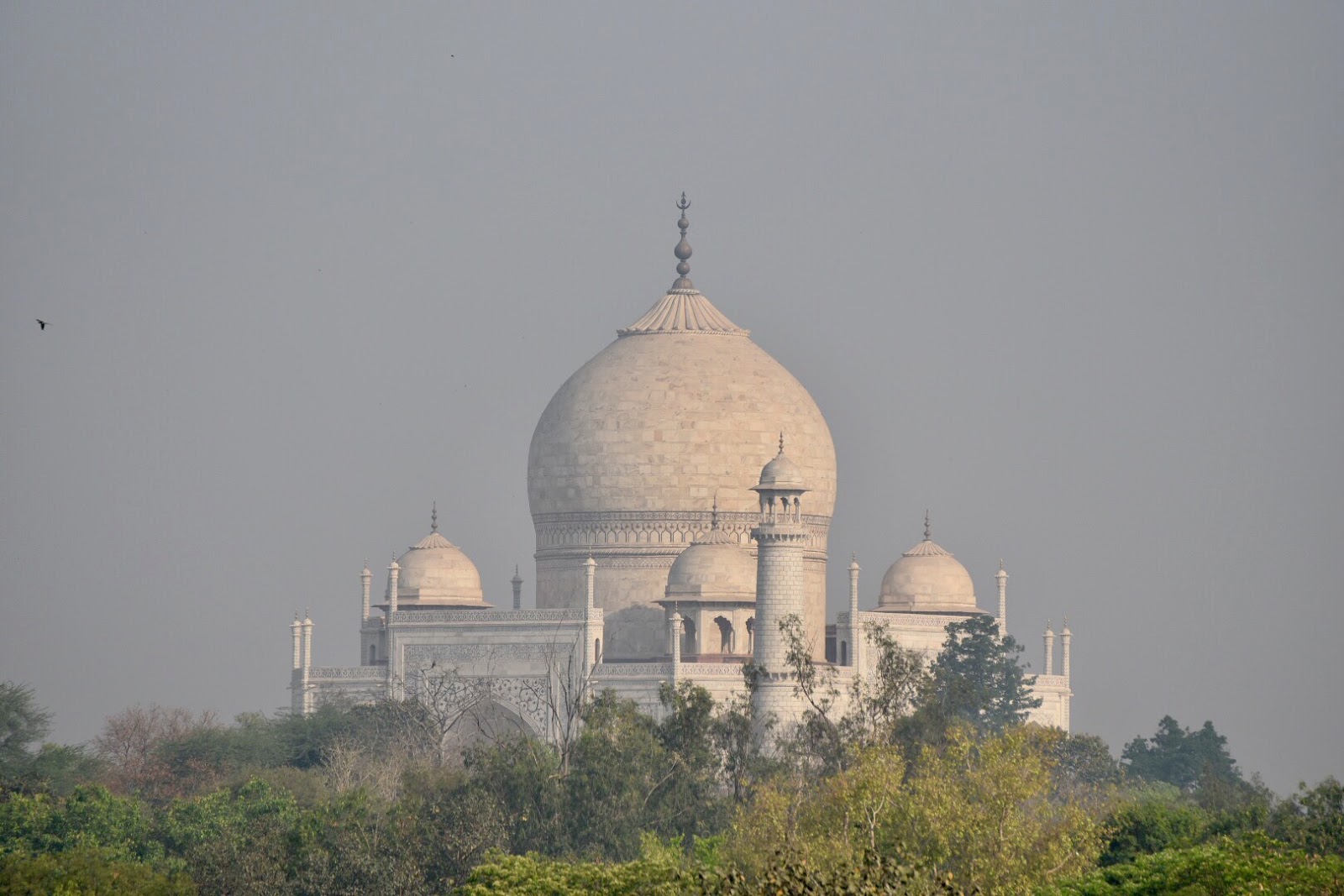
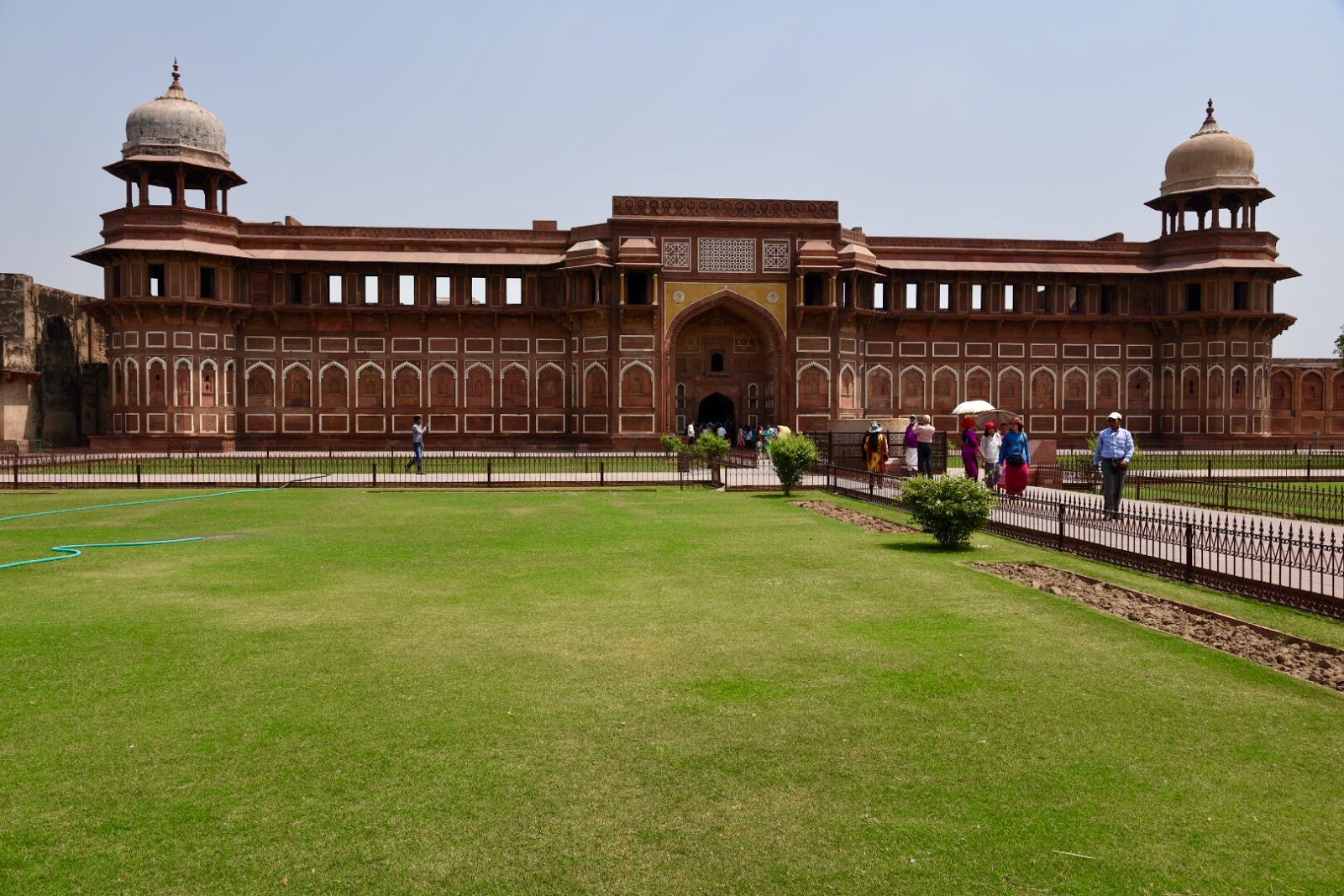
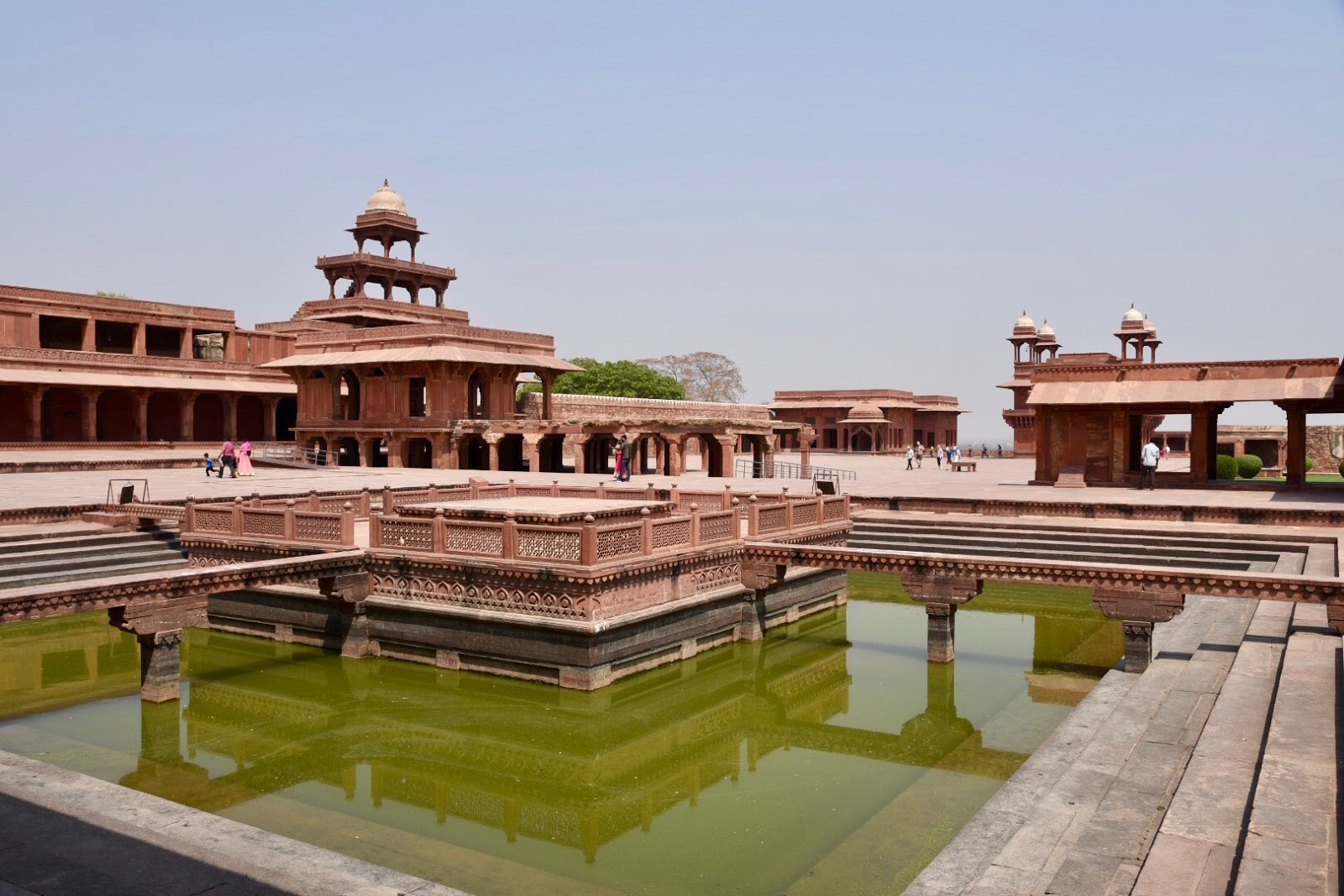
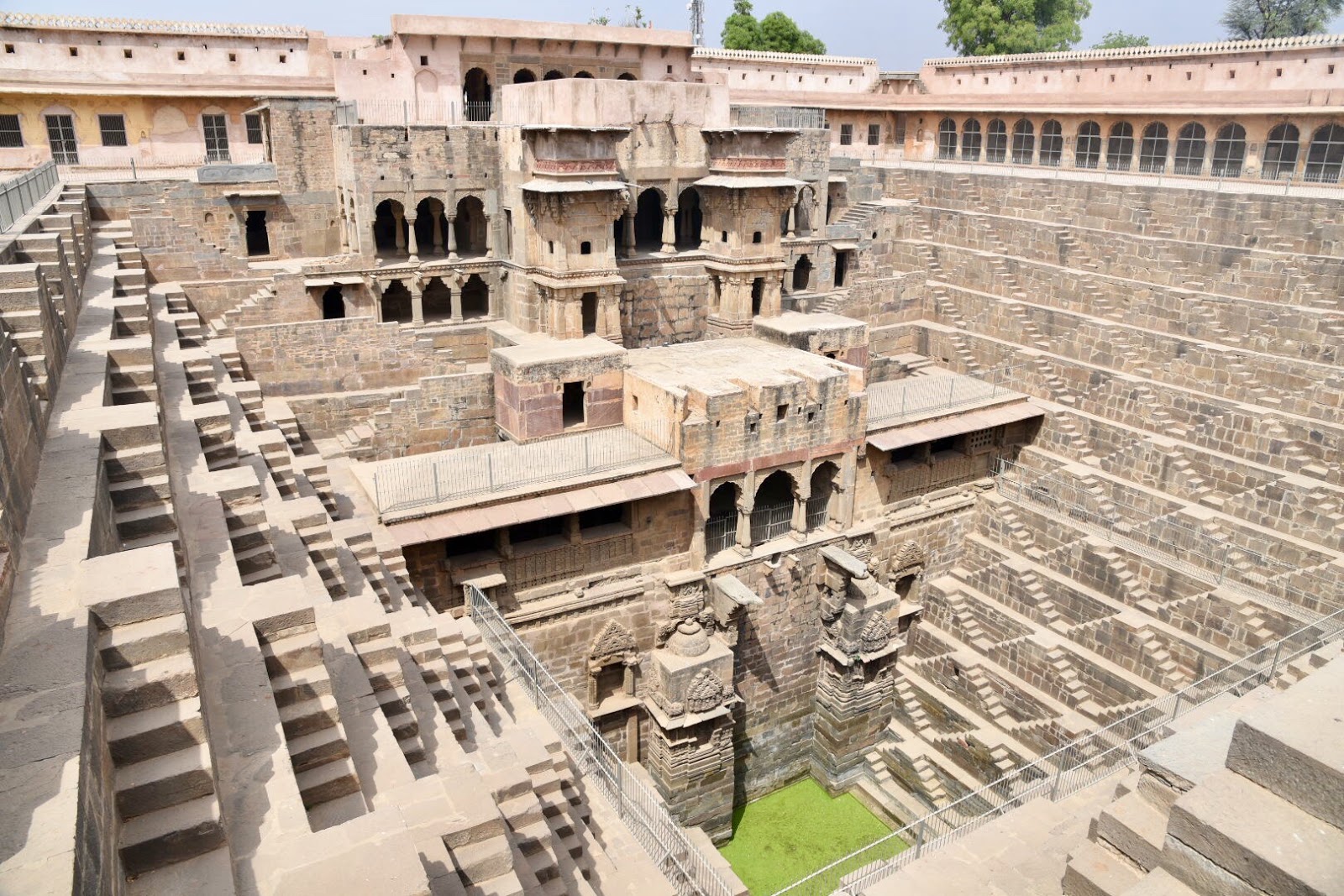
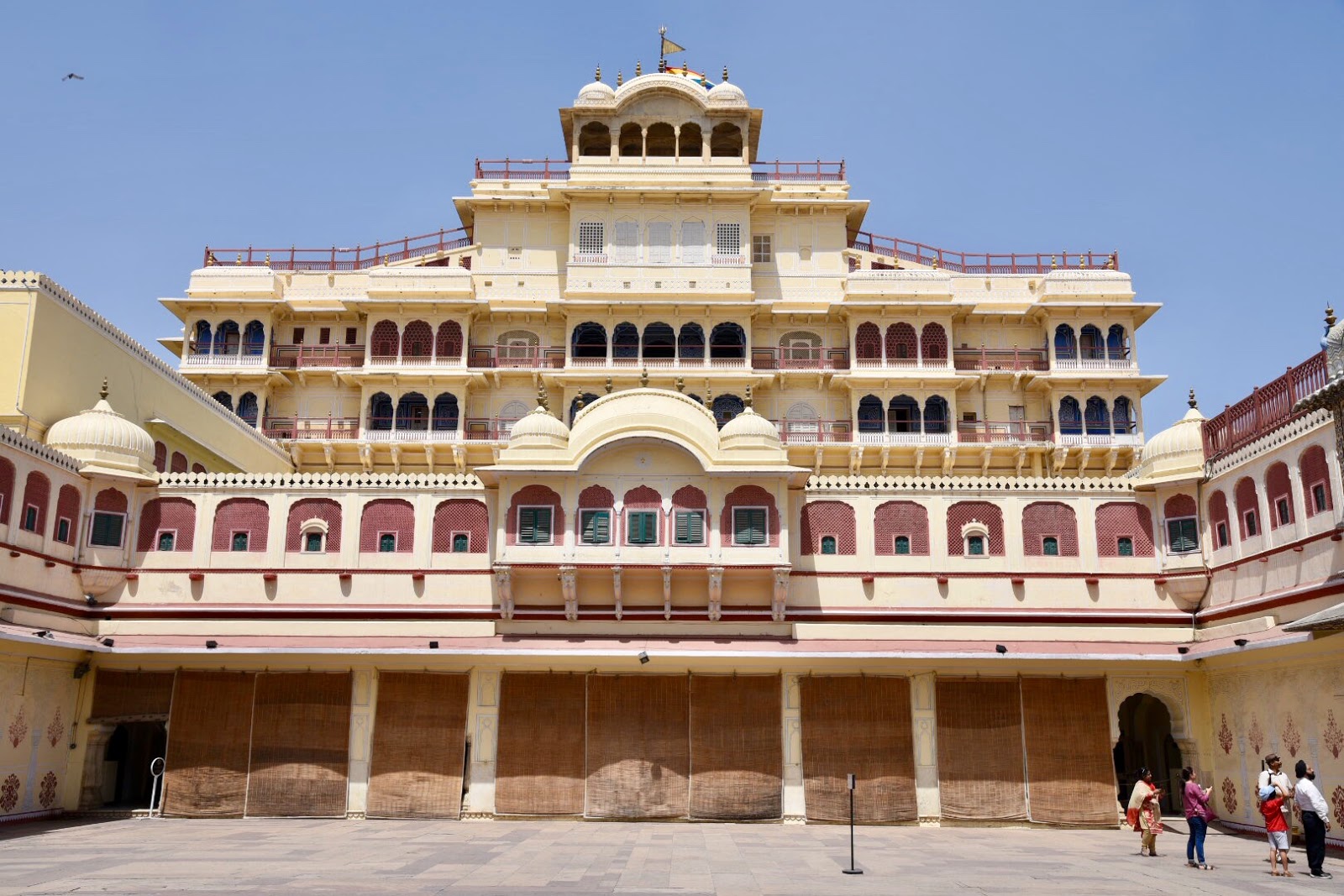

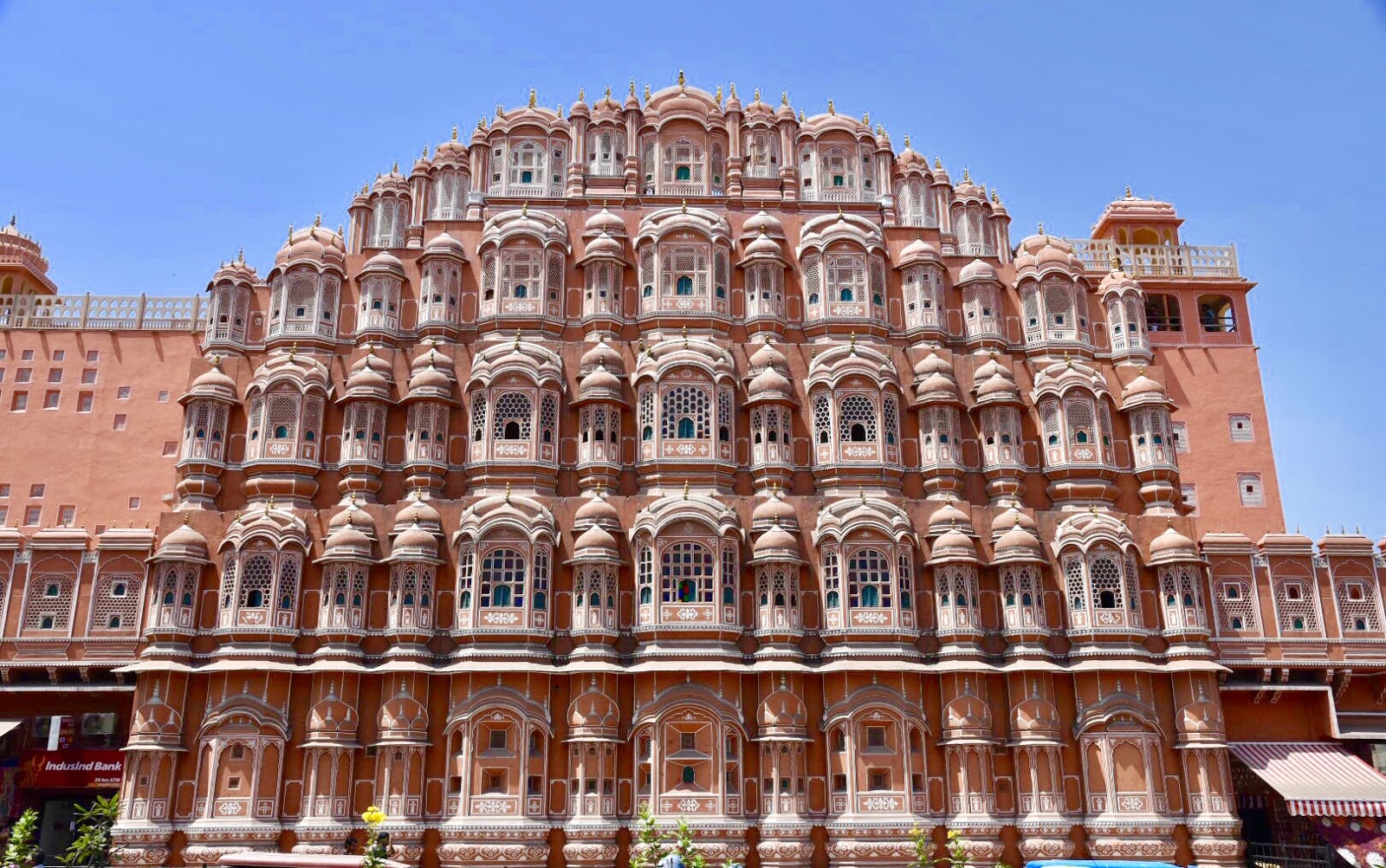
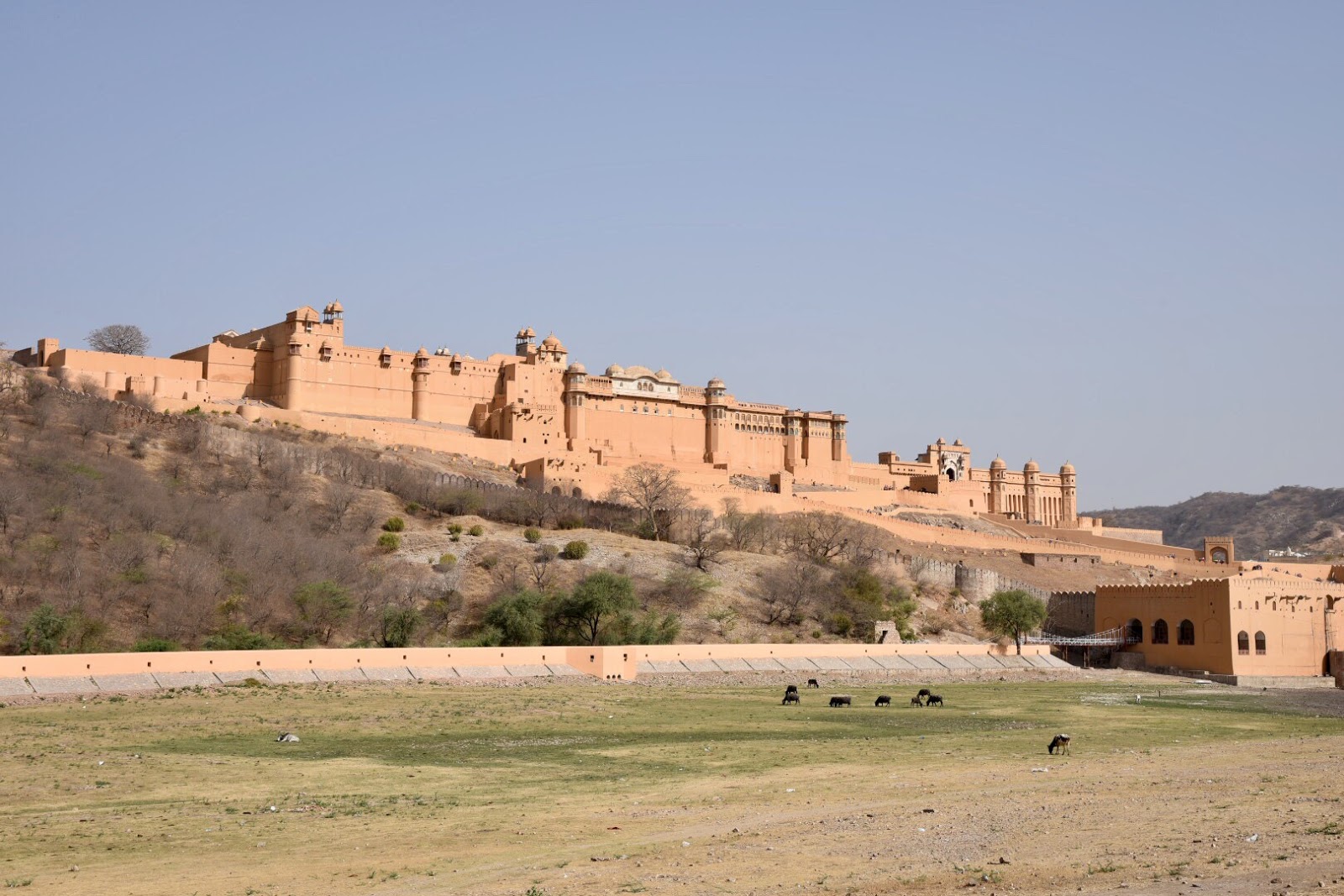
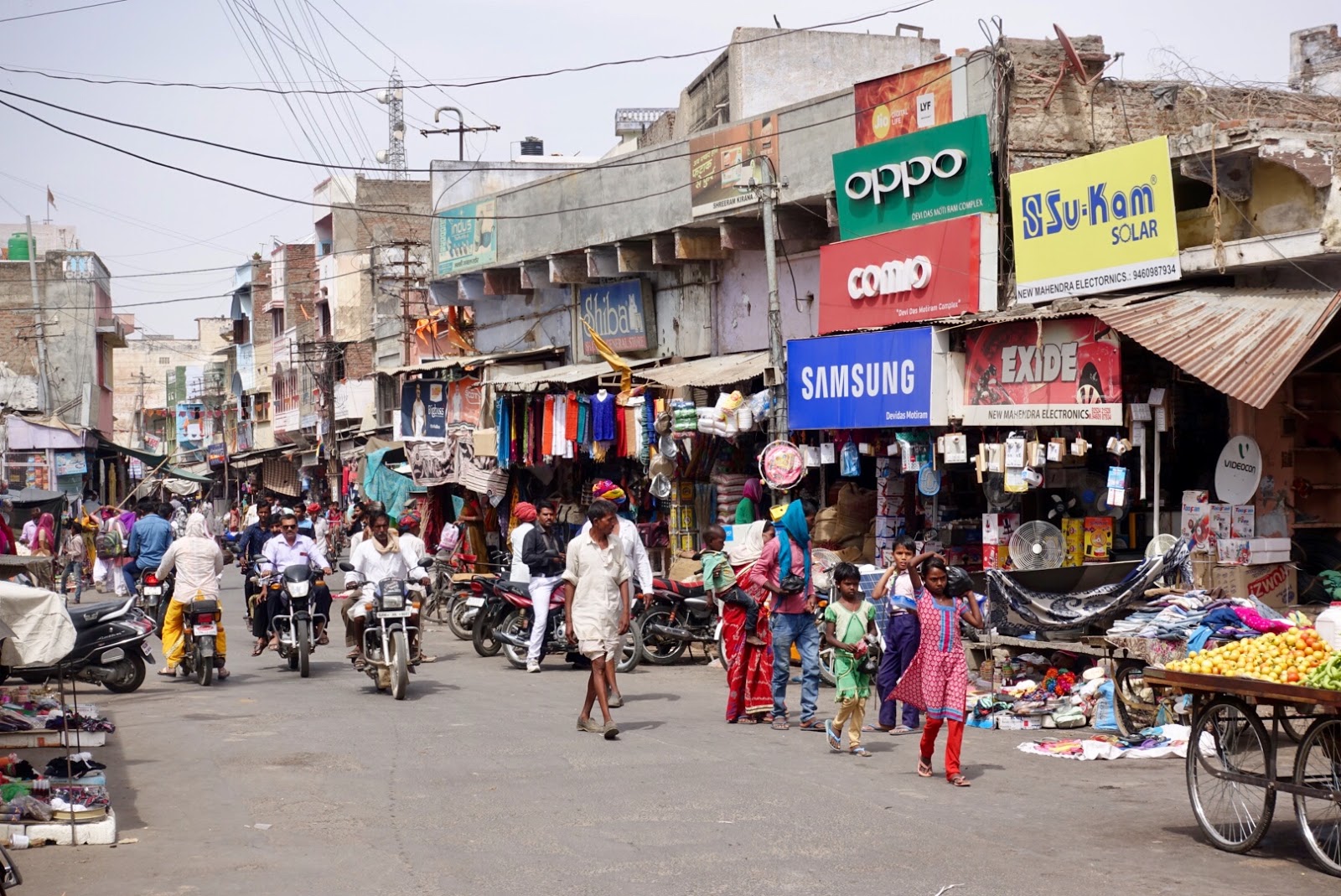
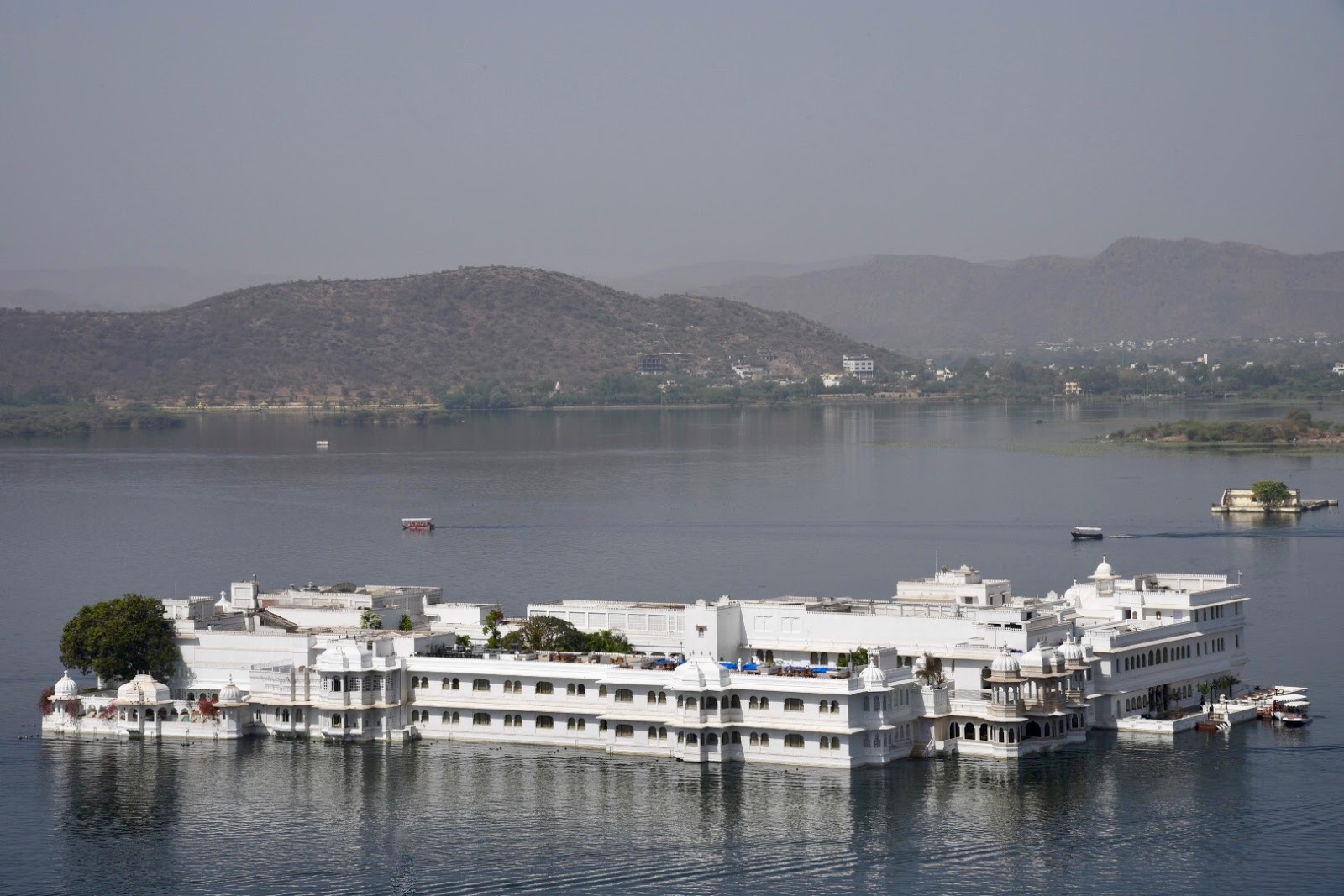
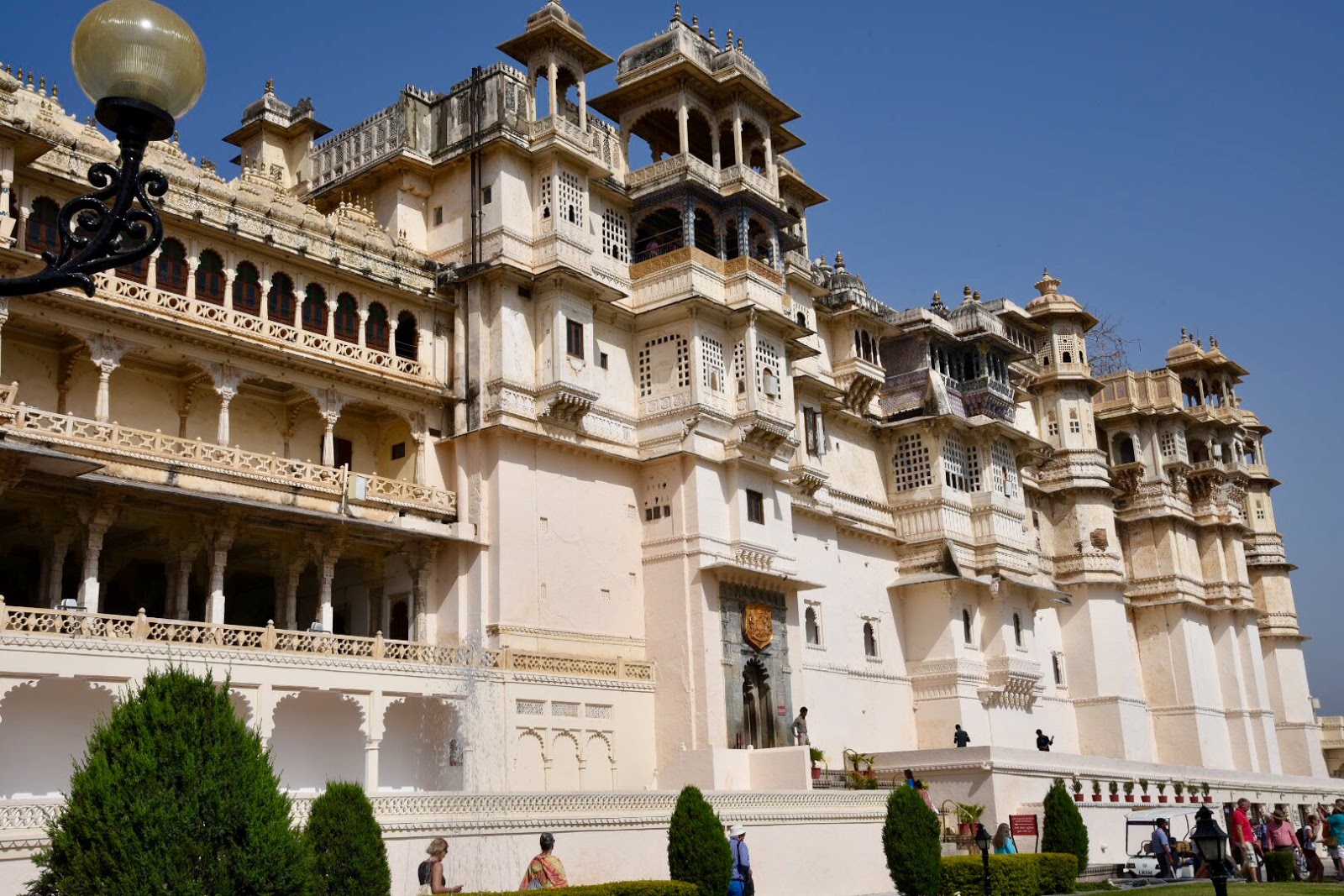
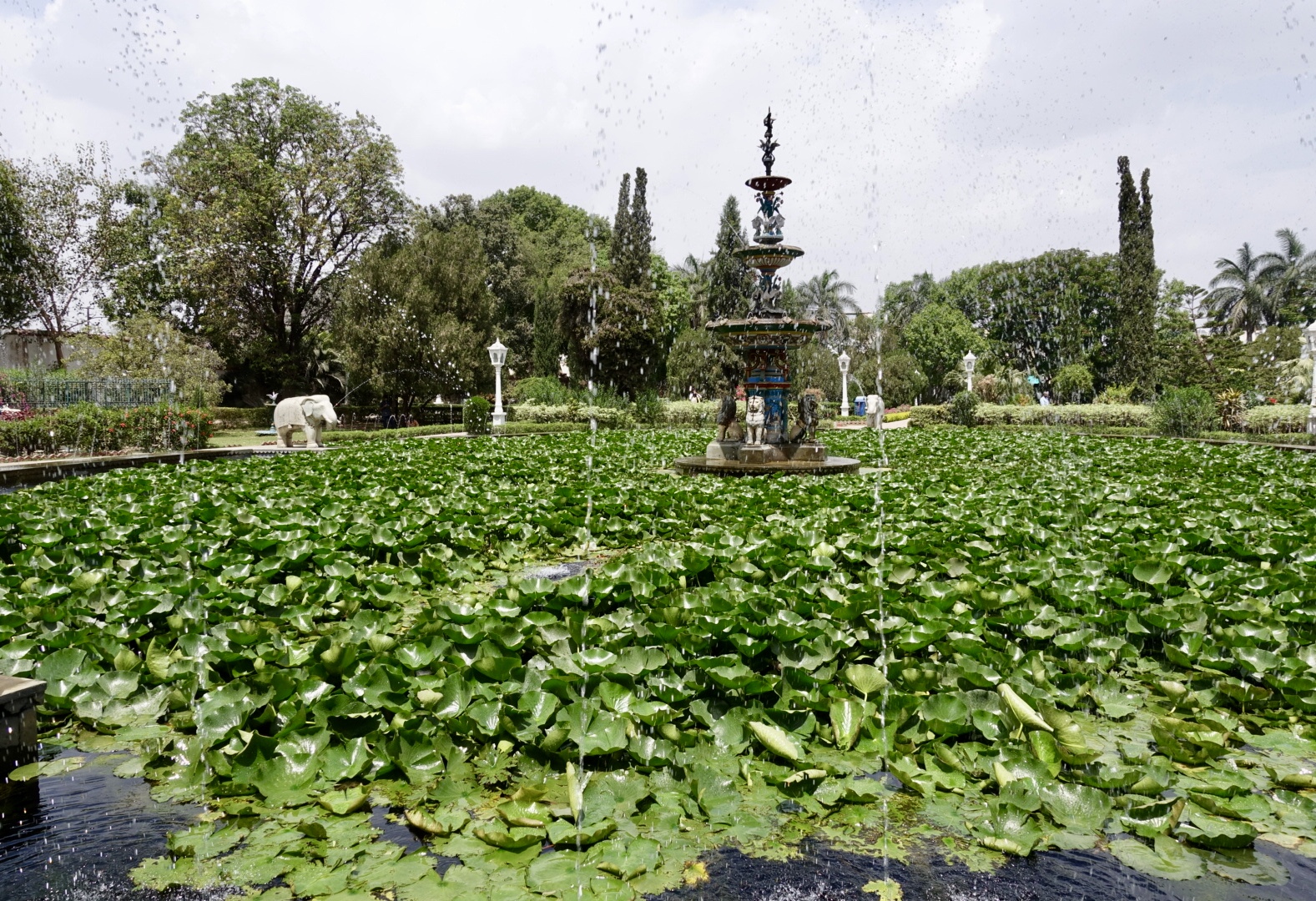
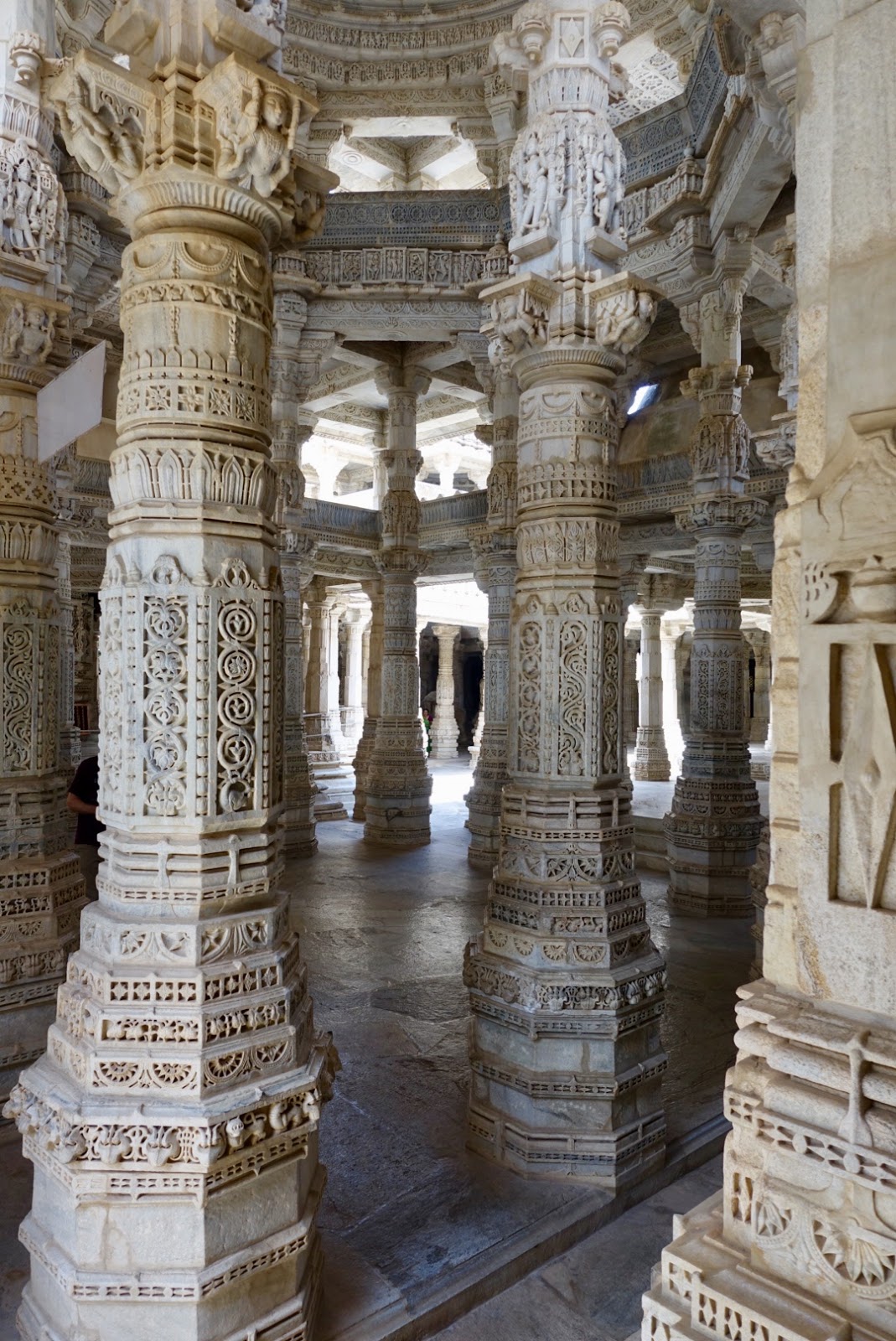
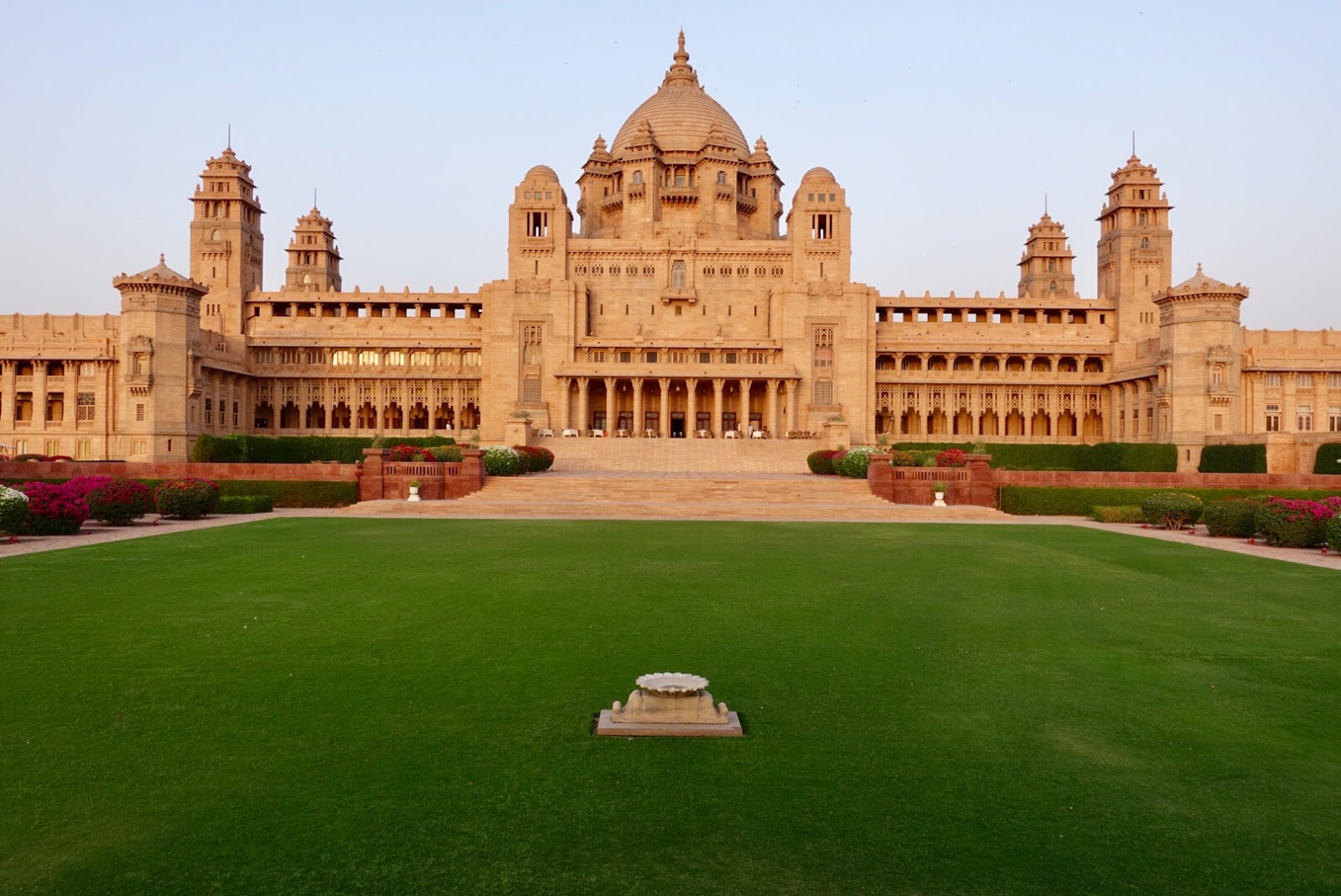


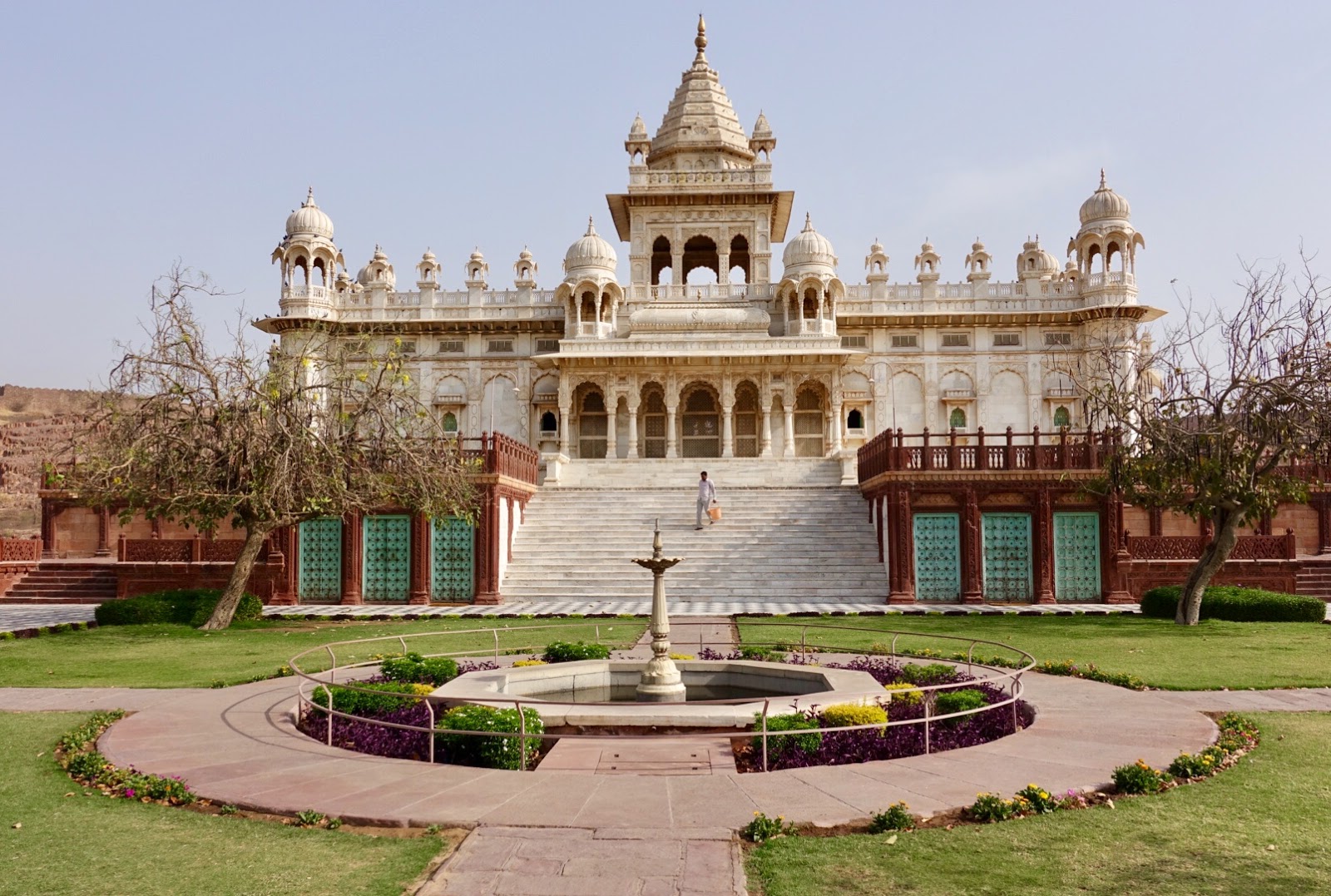
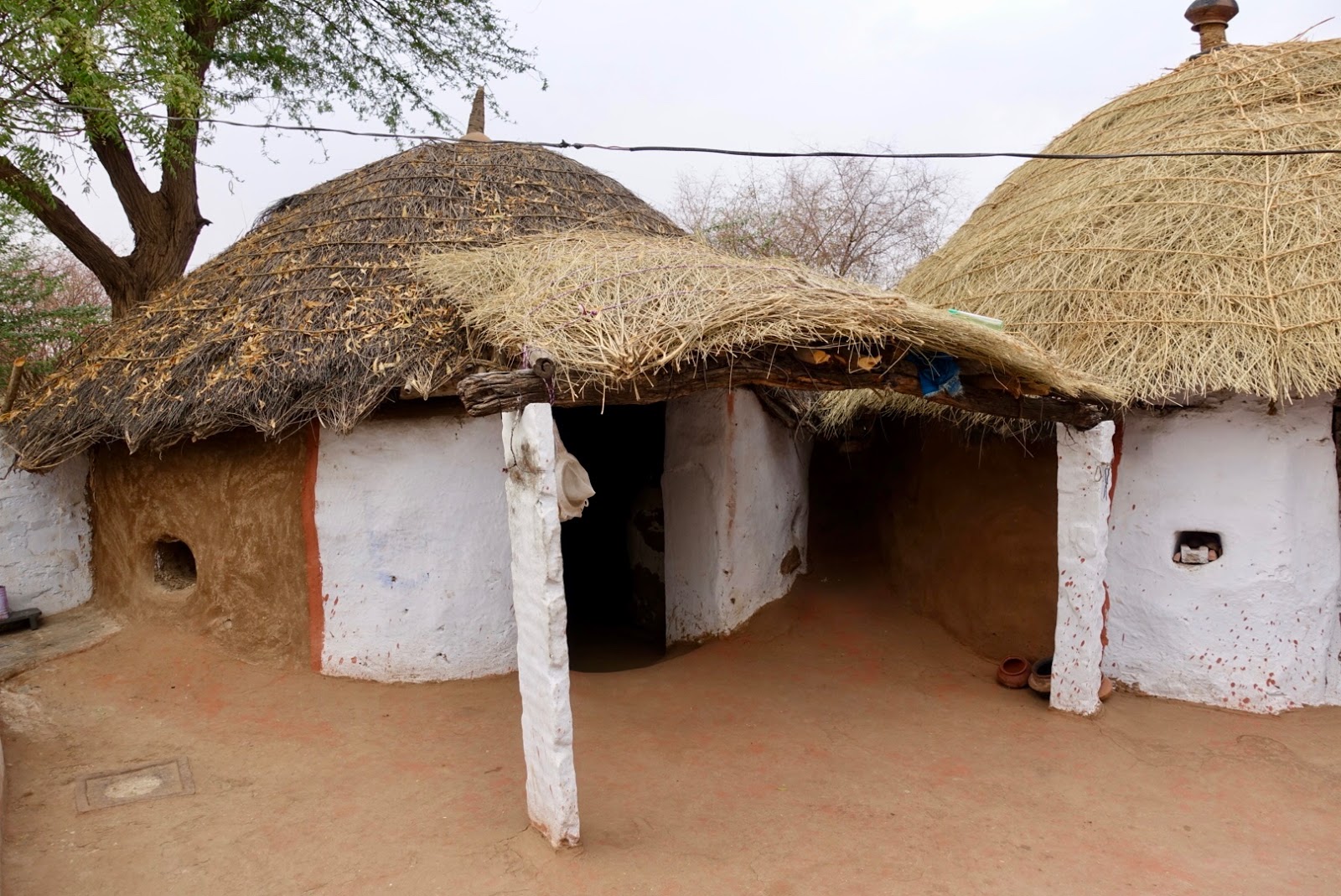
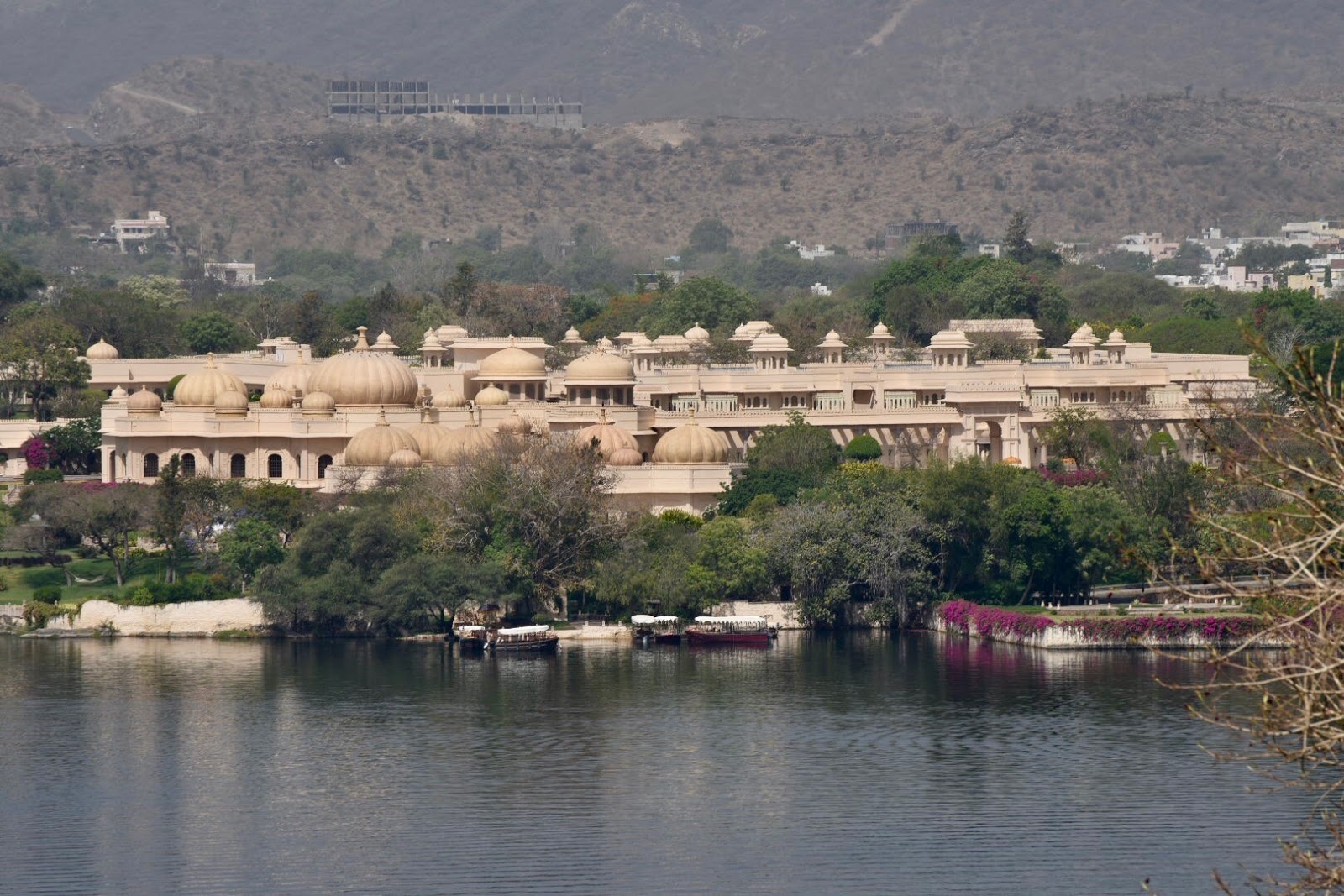
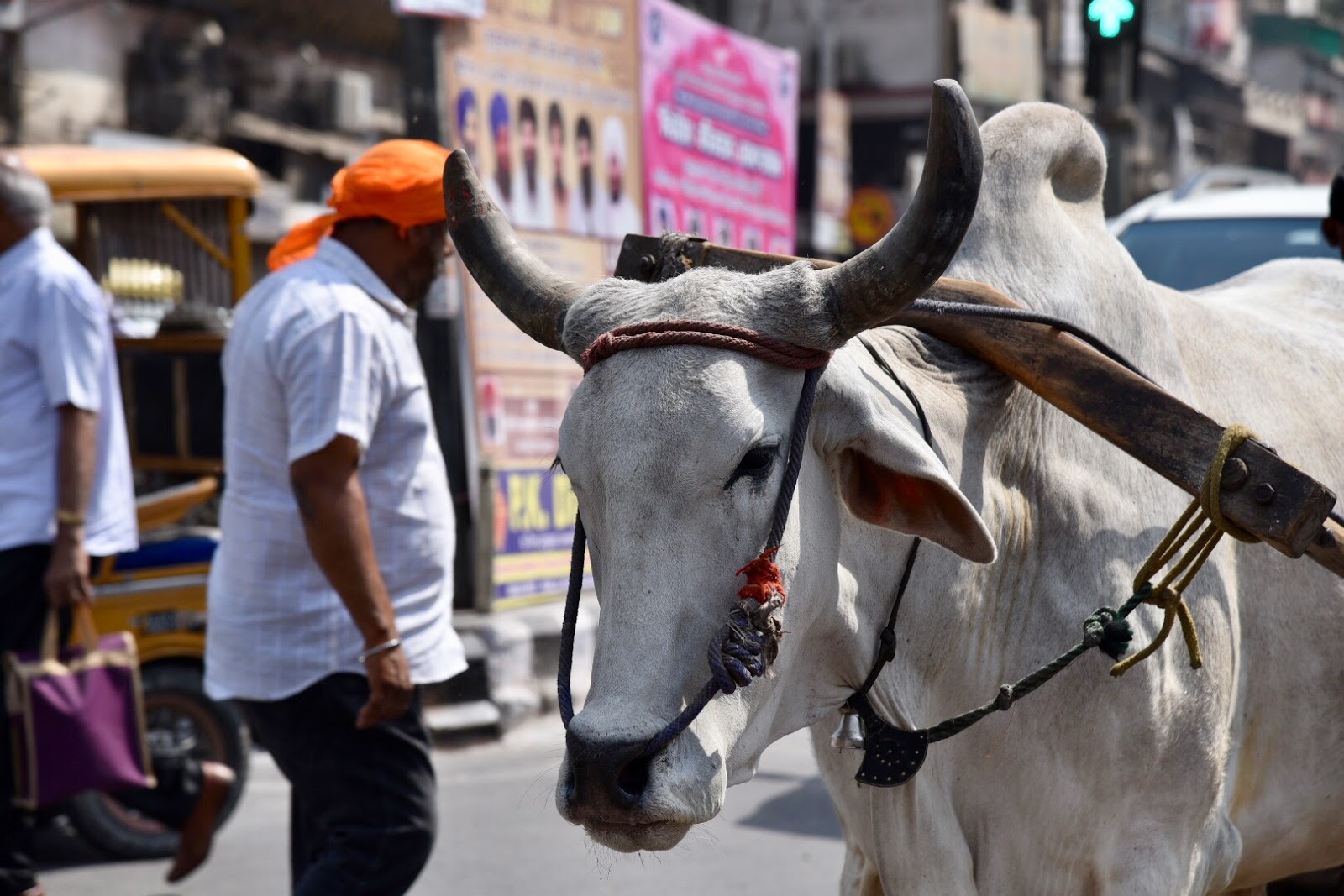

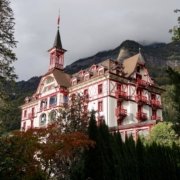

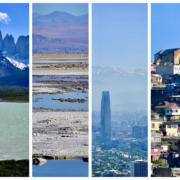




Thank you so much for sharing a great post! Agra is best city of india and One day Agra tour by car is best tour to visit agra. you will enjoy real beauty of agra with that tour and you will see all popular monuments of agra in that tour.